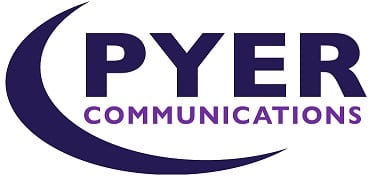ISDN lines and good VoIP services have a major statistical advantage in line usage for companies, with multiple incoming numbers compared to classical analogue telephone lines.
Companies can advertise 4 different business names:
- Business A has 8 lines with line hunt group – limited to 3 simultaneous calls.
- Business B has 6 lines line hunt group – Max 6 calls at the time.
- Business C has 10 lines line hunt group – Max 10 calls.
- Business D has 3 lines with line hunt group.
In total, the company has 27 lines for voice call divided into 4 line hunt groups.
Each of the businesses is able to receive/make maximum number of calls, limited to the number of lines in their group.
Examples might be:
- Business D receives 3 calls – next caller gets busy tone. Despite that, all the other lines (or number of them) for business A, B and C are free – which result in very inefficient usage of the lines, missed calls and high line rental due to number of lines.
- Company implemented ISDN service (or appropriate quality VoIP lines), i.e. 15 channel service. In this case any of the businesses can receive/make at any time up to 15 calls, or any combination of:
- Business A 5 calls, business B 2, business c 4, business D none + 4 channels available for incoming or outgoing calls for any user or incoming for business
- Business A 2 calls, business B 1, business C none, business D 5 – 6 channels available for usage
The examples above lead to conclusion that using ISDN lines (or good quality VoIP lines) has major efficiency advantages compared to analogue line hunt (exchange based), which also translates in cost savings due to necessity for smaller number of lines – this is true as more different numbers are used within the business (or group).
The above is also very applicable to serviced offices with multiple businesses renting the premises

Recent Comments